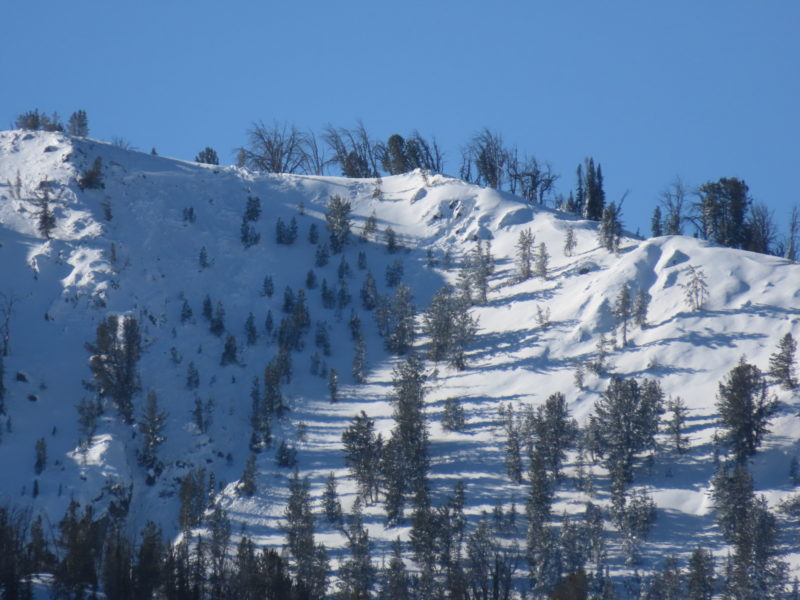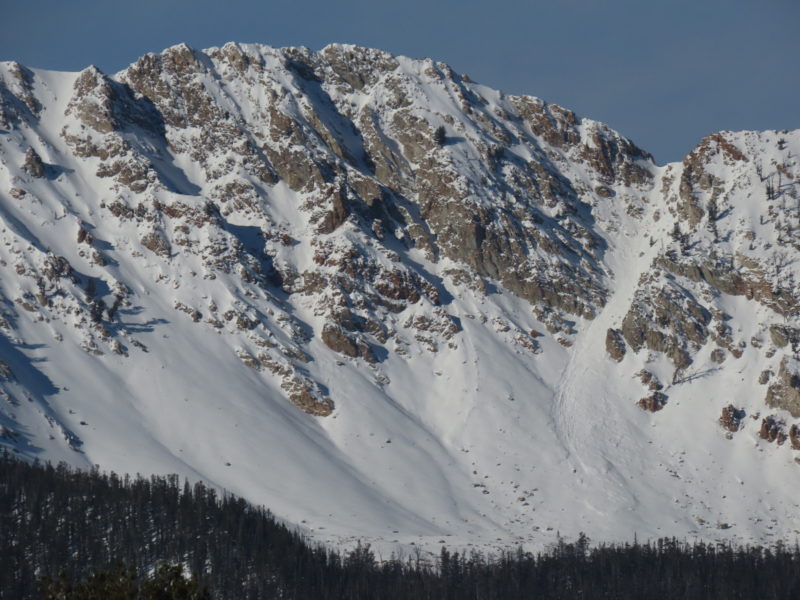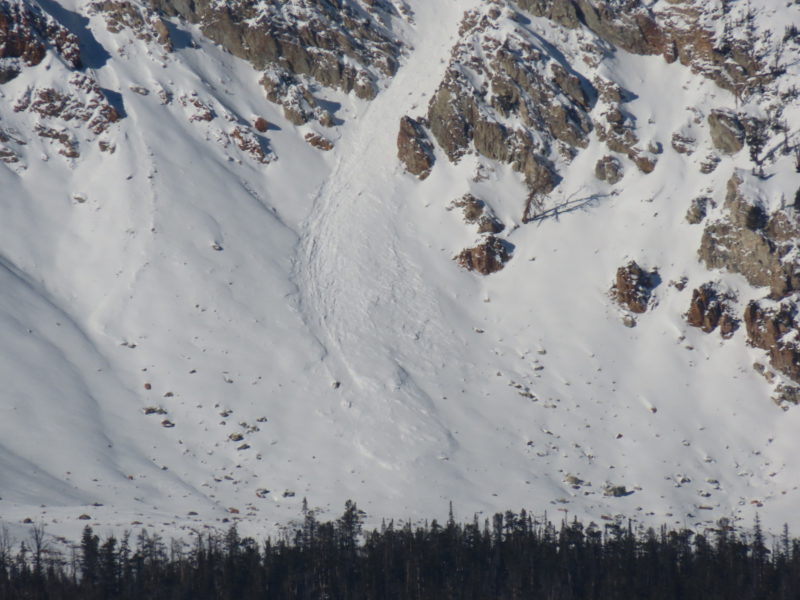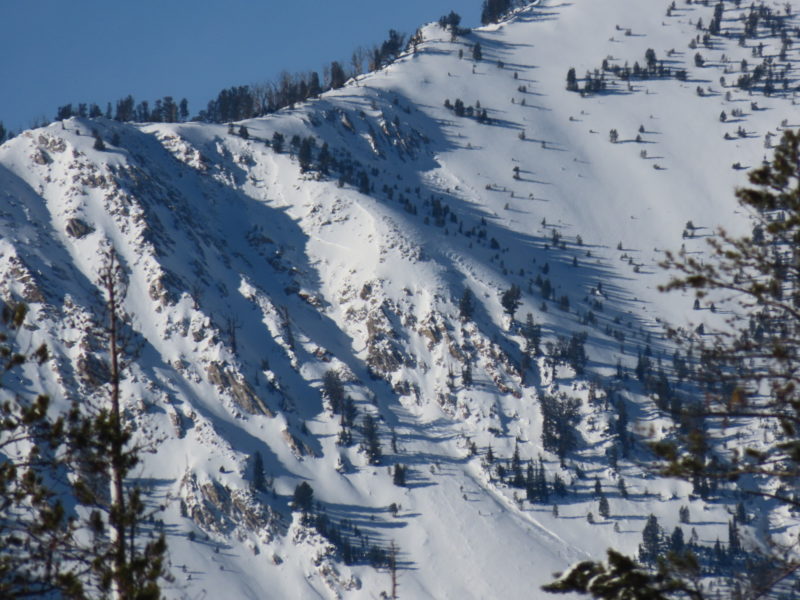Basic Information
Observation Details
Observation Date:
November 6, 2022Submitted:
November 7, 2022Observer:
SAC - VandenBos (off duty)Zone or Region:
Banner SummitLocation:
CopperSigns of Unstable Snow
Recent Avalanches?
YesCracking?
None ExperiencedCollapsing?
IsolatedBottom Line
Enough snow for avalanche problems, but not enough to bury the hazardous objects lurking out there.
Media/Attachments




Advanced Information
Weather Summary
Cloud Cover:
ClearClear skies and cold temps in the AM. Increasing cloud cover and wind beginning by early afternoon, snowing S-1 by 1500.
Avalanche Observations
I observed several slab avalanches that failed during the most recent storm in the Sawtooths, activity was focused on E/NE above 9,000'. I also saw debris beneath the north side of copper from a slab that presumably failed during the 11/4-5 storm.
Snowpack Observations
No formal obs, just moving through the terrain and looking at coverage. Snowpack depths vary dramatically by aspect and elevation, as is typical of early season conditions. At highway level HS =40-50cm, increasing to 50-90cm at upper elevations.
Upper snowpack: The 11/4-5 storm brought 25-30 cm of snow (+rain) at highway level and 40-50cm at upper elevations. The tail end of this storm was noticeably warmer and wetter, allowing for rain/slush to fall up to around 6,900'. After the cold front passed, an additional 5cm of low-density snow fell, burying the wet/dense/icy snow and rain that fell. This low-density snow was quite slippery/cohesionless. Today's sunshine caused some melting and built a crust near the snow surface on roughly SE-S-SW. I suspect, given air temps and time of year, that there are some small facets associated with this crust and that this interface (buried on 11/6) could cause some issues, at least in the short term.
Lower snowpack: I didn't dig any formal pits but I did lots of pole probing and hand pitting. The 11/4 interface looked less concerning than what I observed on Titus the day before, and it failed to produce large, travelling collapses, even on wind-loaded slopes where I expected it to be at its worst. However, my confidence in this is quite low and I will need to see a good bit of evidence to convince me of this. Field observations are few and far between at this point and there is a lot of variability from slope to slope.
Access is difficult due to thin low-elevation snow cover. However, there is plenty of snow at middle and upper elevations to cover the variation in ground cover (trees, rocks, talus fields, etc), which makes the development of well-connected weak layers much easier.
Terrain Use
I avoided wind-loaded avalanche terrain.

